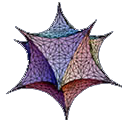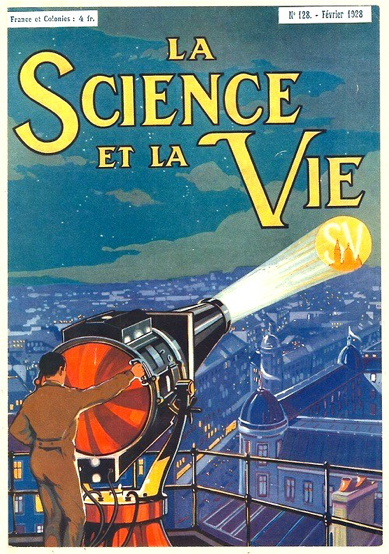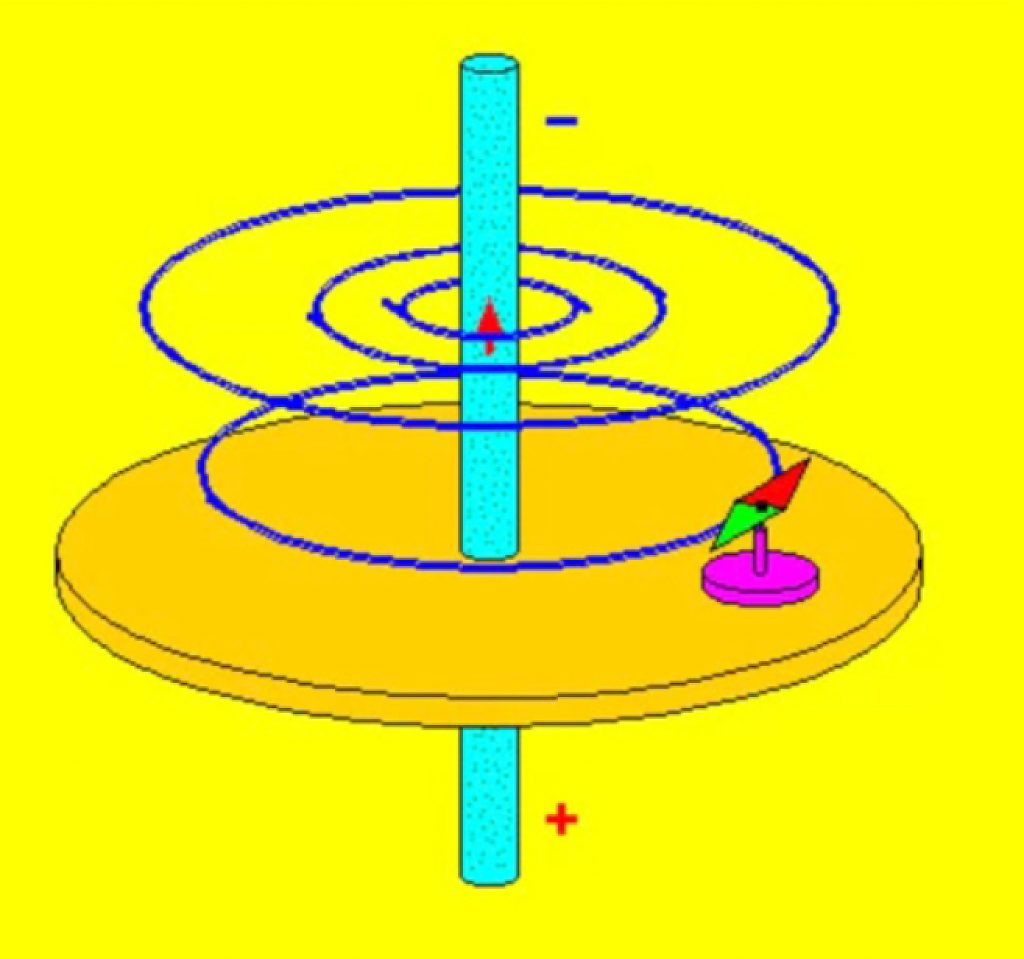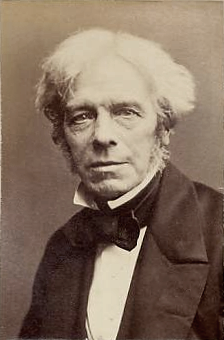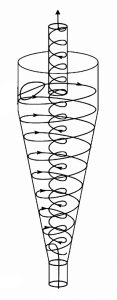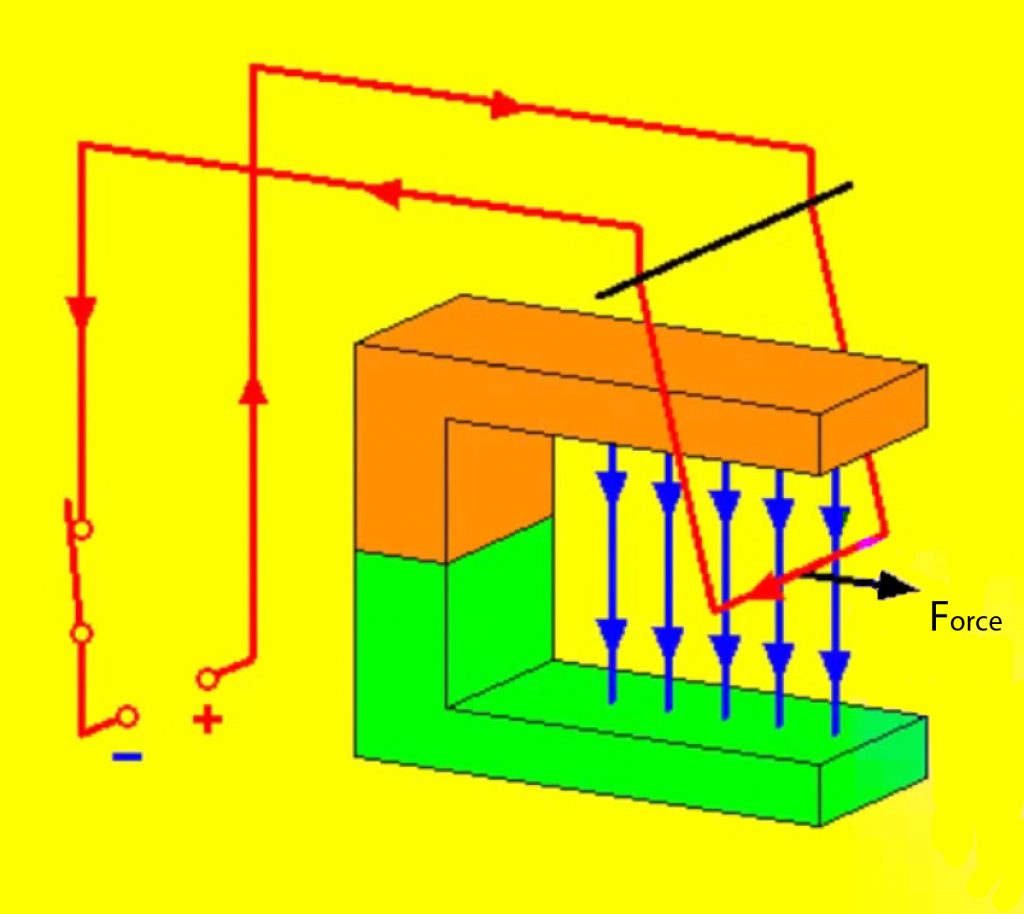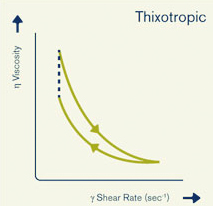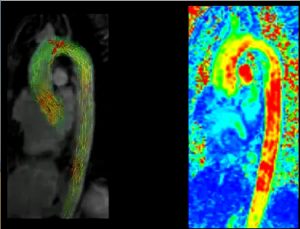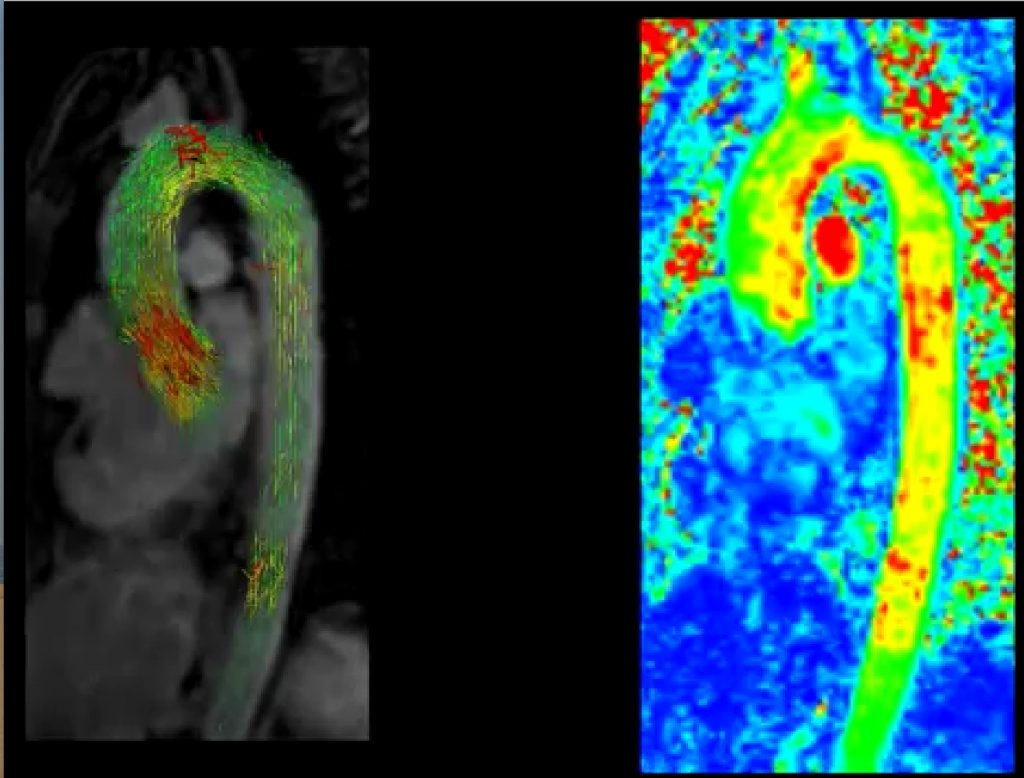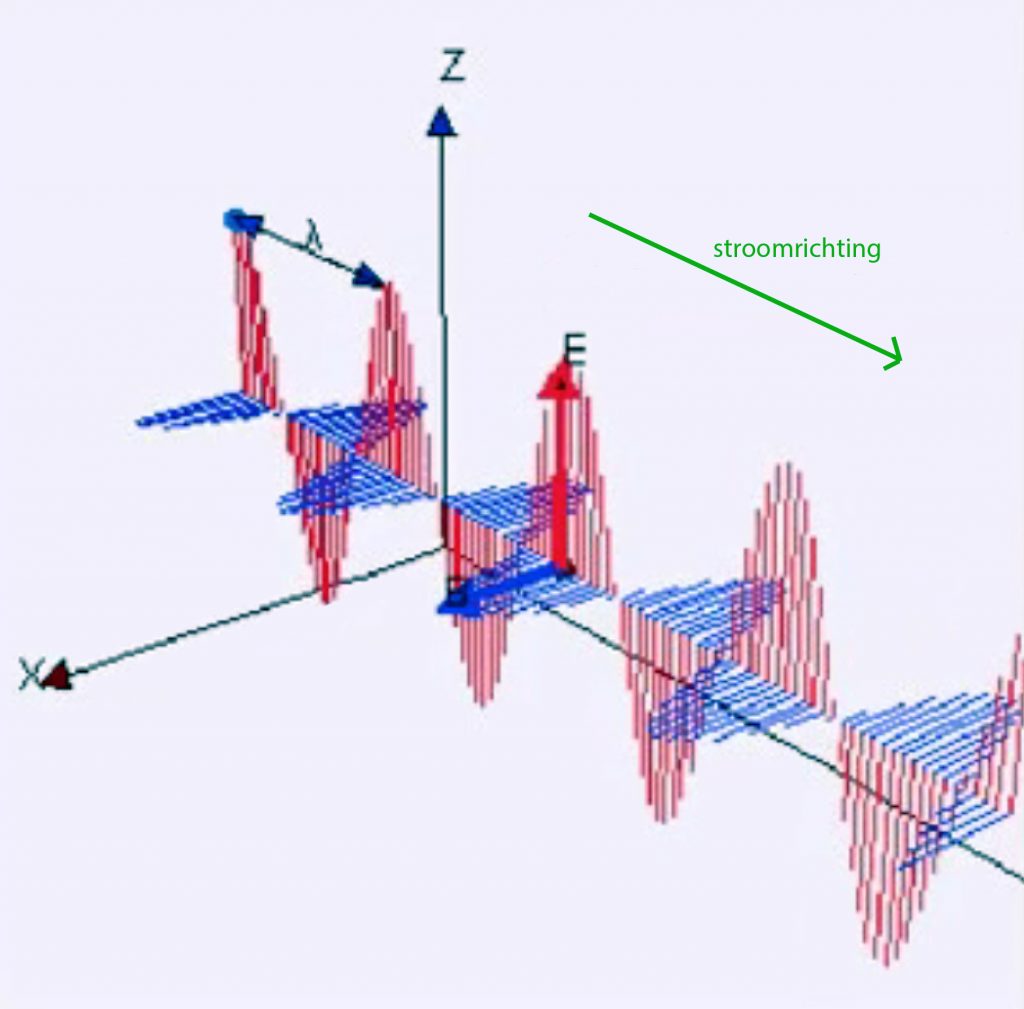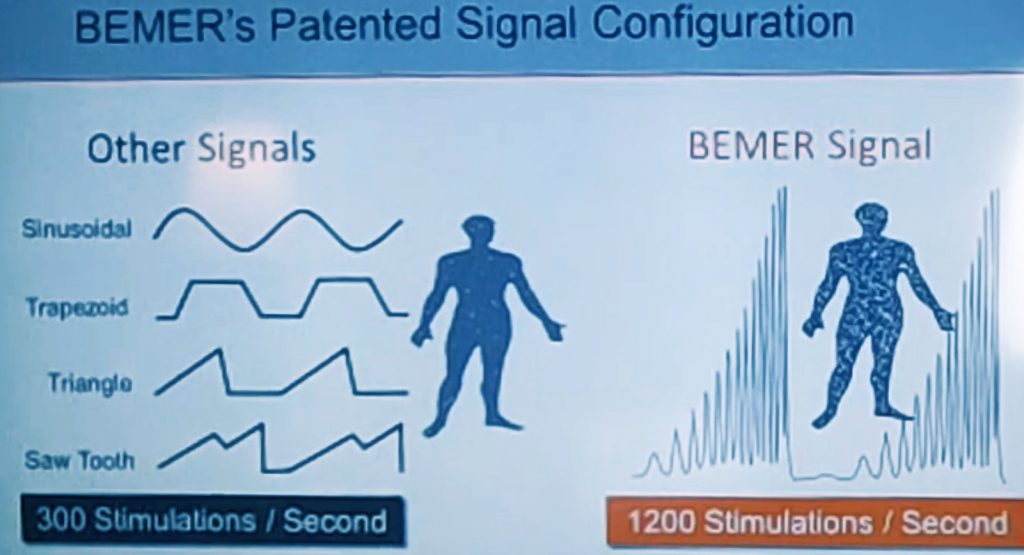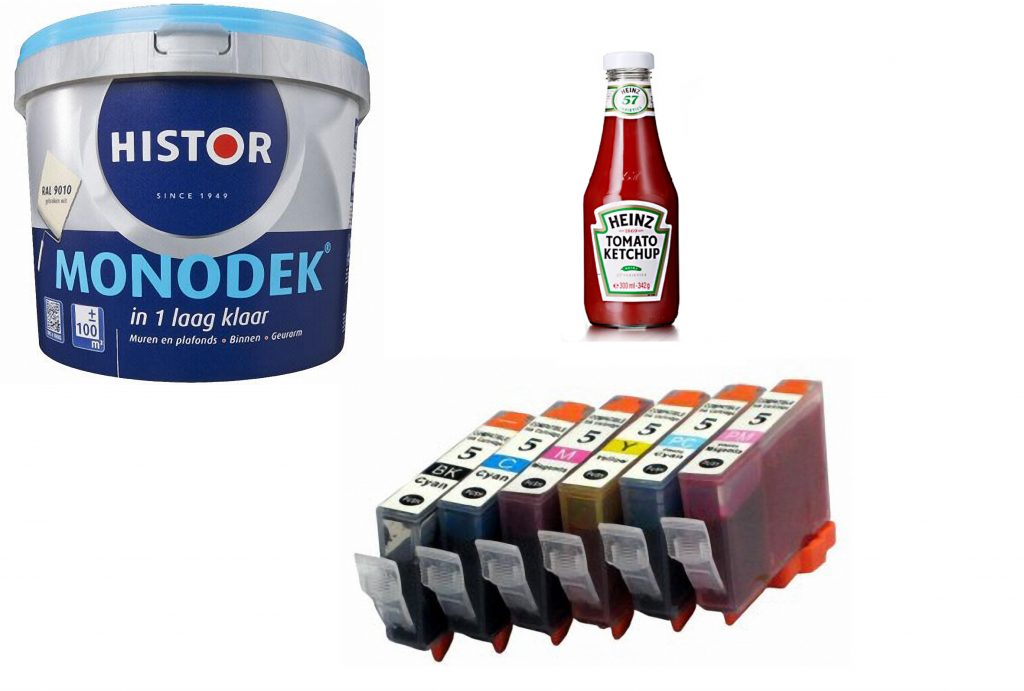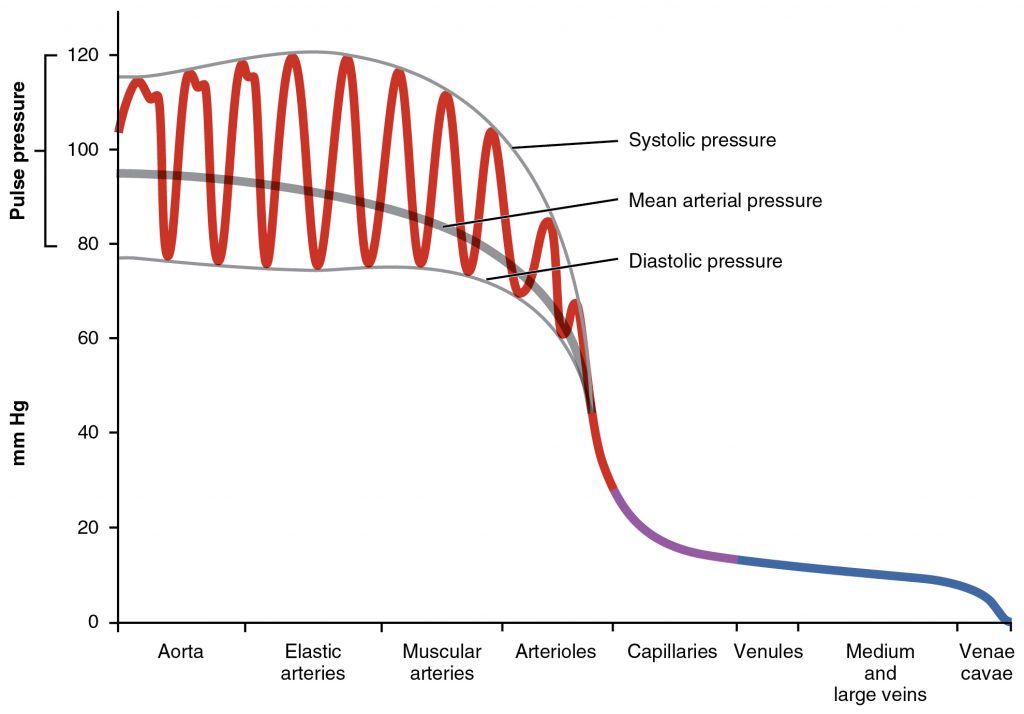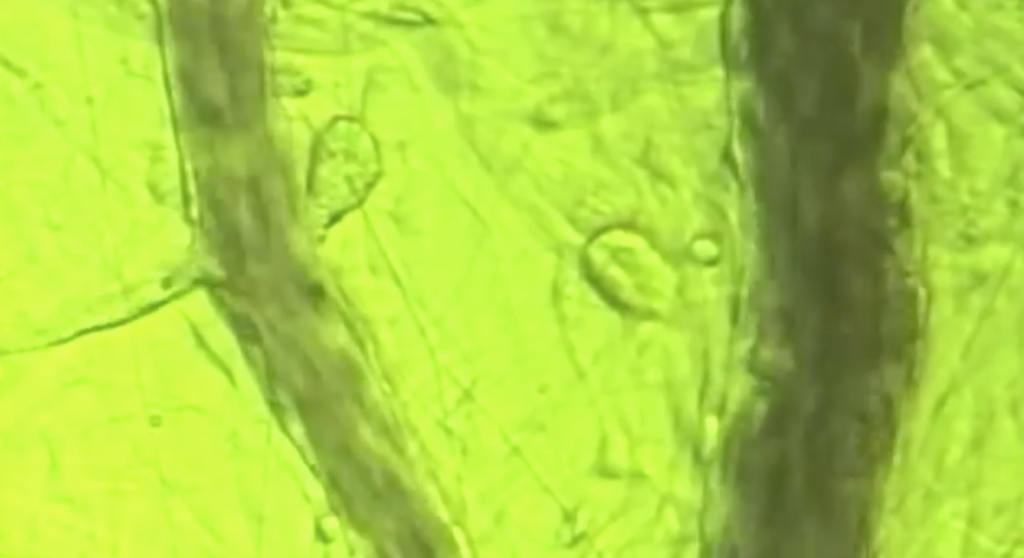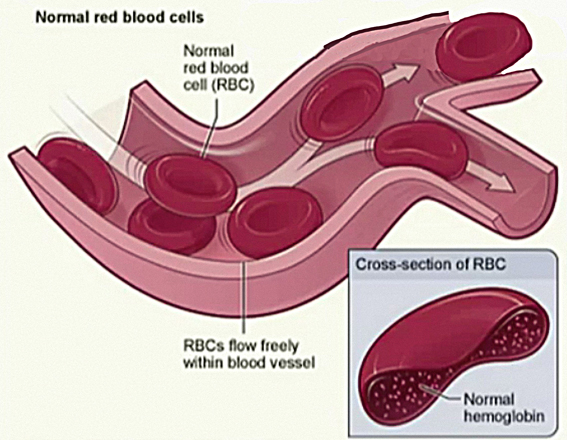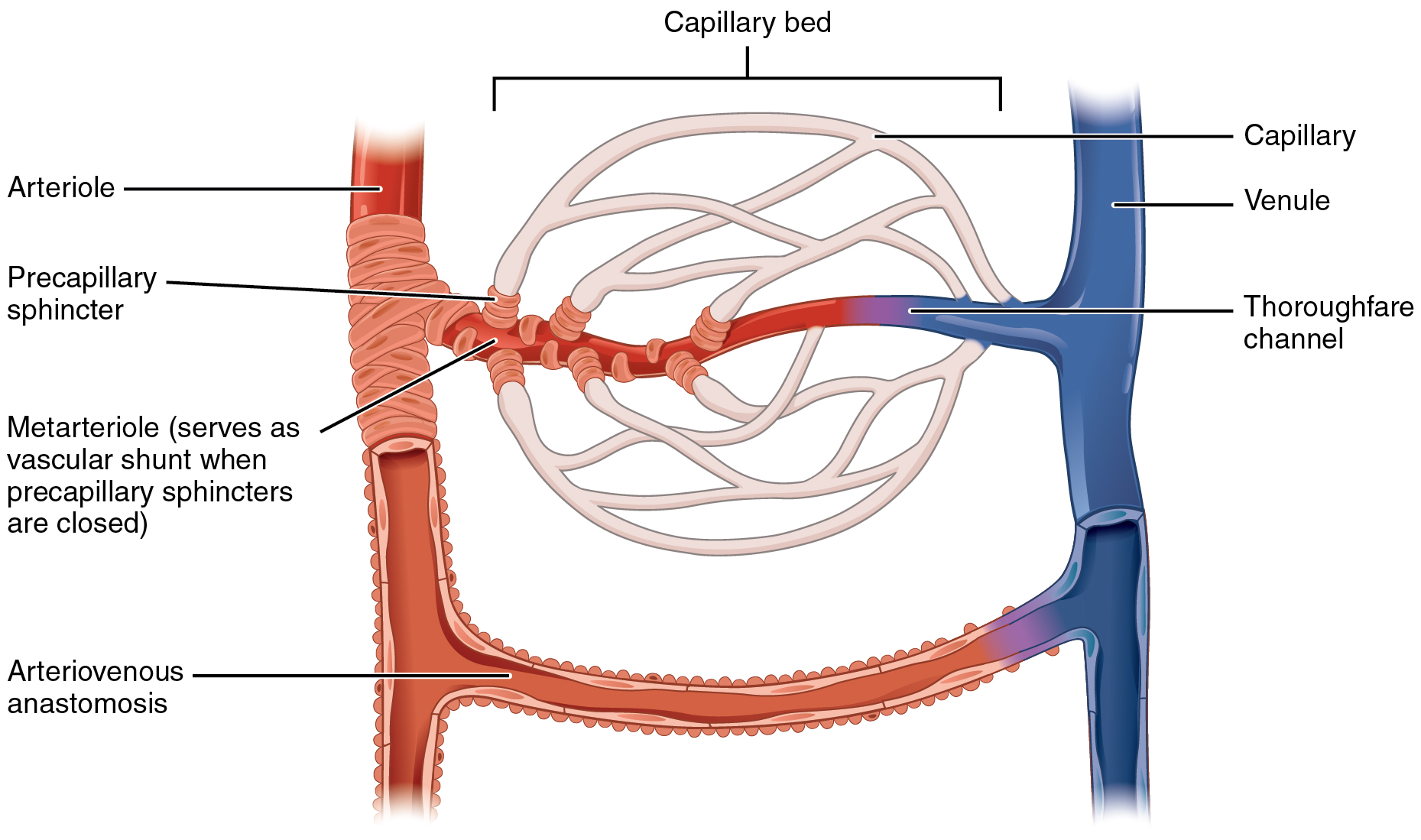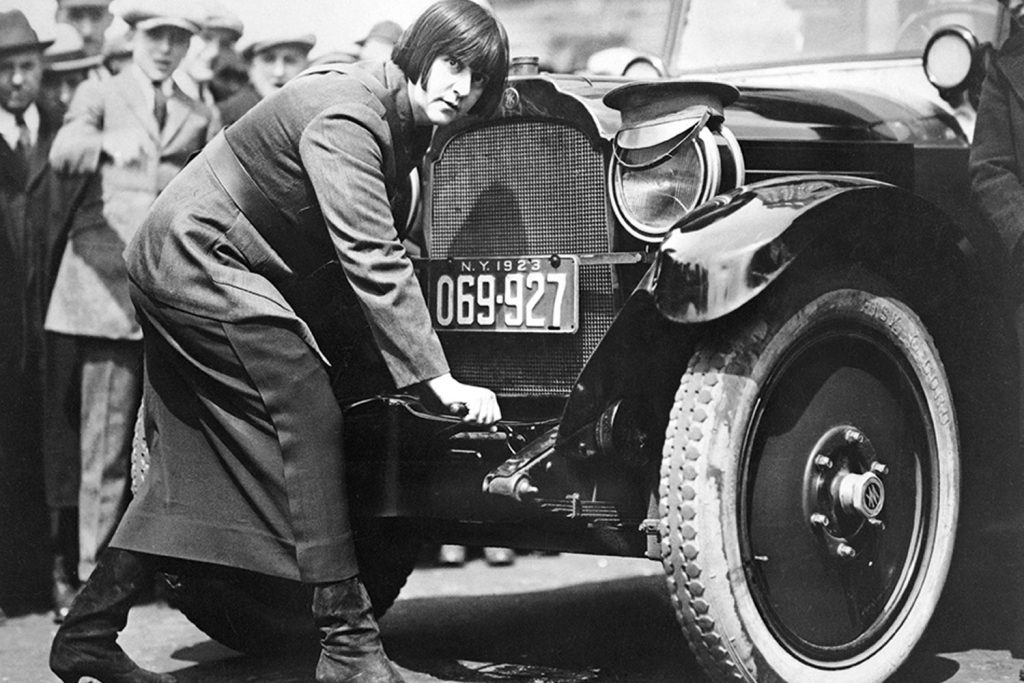Introduction
PEMF. (t) stands for Pulsed ElectroMagnetic Fields Therapy
The makers of the devices (like BEMER and Curatron) tell you: We don’t exactly know how it works, but let’s just focus on the benefits.
I guess there is something to be said for that… if you don’t know how it works.
They makers do come up with a lot of “fancy” hypotheses about the workings: We think .. , it might be.. , we believe .. , in our opinion .. etcetera. But there are no facts!. There are no data. No concentration measurements before and after therapy. No tissue specific data details about bone, liver, brain conditions, before and after therapy. They don’t have data on the the effect of therapy time: How much effect does one minute of treatment have or one hour? The reason is: They don’t know what to measure and where.There is nothing except a whole lot of assumptions. They bought patents on equipment, based on assumptions. So all they can really do is focus on medical results. Because that is “La Vie”
The medical benefits are plenty.
Research findings are:
28% improved vasomotion.
30% more capillary vessels perfused.
31% improved venous drainage.
29% more tissue oxygenation.
There are many companies who make PEMF devices* (since 1960), all claim success and they all criticize other companies for making fundamental mistakes. But none of them explains how it works. They all think differently, but not based on different data analyses, because there are none.
In this article I’d like to offer you my views (I think.. , maybe ..) on how magnetic fields can have a healing effect on the body. These views are up for falsification (By Karl Popper’s criteria).
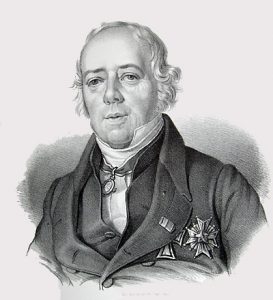
In 1819 Hans Christian Örsteds discovers a magnetic field around a charged electric wire.
A few years later Michael Faraday finds a moving “rotational” component within the magnetic field, around a charged electric wire. “a rotational force”
Michael Faraday
Hendrik Antoon Lorentz
A couple of years later, Hendrik Antoon Lorentz discovers a “vectorial” force, perpendicular (90 degrees) to the electric flow and perpendicular (90 degrees) to the magnetic field.
In my opinion “The Lorentz Force together with the Faraday Force are the secret of PEMF.”
The optimum frequenties for both effects are different.
– The Lorentz force acts on the wall off the small blood vessel: the arteriole.
– The Faraday force acts on the blood itself by changing the viscosity, lowering flow resistance. (Blood is thixotropic.) Maybe benefit most by an frequence off 0 Hrz.
Viscosity tells you something how easy a fluid flows through a vessel. You can change the viscosity of a fluid, for instance by stirring the fluid or increasing the temperature.
Blood
Blood is electrically charged. Blood is ionized in positive and negative electric atoms and molecules. H+ O2- and many others.
Humans have 10 to the 27th degree electrically charged atoms and molecules (dipoles) in their body that all act as little magnets.
You can visualize this with an MRI
Blood is flowing through the body as a result of the heart pumping.
So there is an electric flow in the vessels in the body. It’s there that we can put a magnetic field to work. Pulsed with a frequency (Hrz.) and having a given amplitude in Tesla.
The result will be, a lateral force on the small blood vessel (arteriole), giving a vessel dilatation. Another effect is the reduction of viscosity. Both result in improved tissue perfusion.
Every medical doctor wants to establish better tissue perfusion, without having to give medication.
Mathematics
Lorentz Force:
The force that is generated when one magnetic field interfers with another one.
→ → →
F = q v times B
in witch:
→
F = Lorentz force ( in Newton)
q = Charge (in Coulomb)
→
v = Velocity (meters / per second.)
→
B = Magnetic field in Tesla

Two vector forces (→) acting together, are giving the “right”- hand rule for the direction of the Lorentz force.
It’s important to realize that when you change the frequency of a current flow, the direction of the force also changes in the same frequency. This lateral force creates stretch thereby activating the smooth muscle around a vessel by contracting as a result of PEMF.
Note that there is no force occurring when the electrical current and the B input are in the same direction. When there is no perpendicular flow, there is zero effect. So the placement of the PEMF device is essential for the effect.
 How much electrical charge in Coulomb there is in our bloodstream, we don’t know, but there is charge for sure.
How much electrical charge in Coulomb there is in our bloodstream, we don’t know, but there is charge for sure.
The velocity in the arterioles is about ± 0,5 Km / hour
The magnetic field in most PEMF devices is 20.000 nano Tesla with a constantly changing frequency, in spikes or clusters.
So depending on the direction of the magnetic field we can create a force on the wall of the blood vessel, causing vasodilatation and creating stretch in the smooth muscle. This will activate contraction during a given amount of time: “activated peristalsis”.
How long the “after effect” will last, is discussed by the device makers.
Fact is “they” don’t know the effects on different tissues like the brain tissue, or the liver tissue. They only know “a little” about the mesenteric tissue of one animal: a bat. It is true that in vivo testing is difficult.
In most medical research, findings on animals are not the same as findings on humans. (The cause of many mistakes.)
Biological systems react on changes: they oppose changes, (like the third law of Newton: action = reaction.)
Smooth muscle activity will change and pump function will be activated as a result of change in the blood vessel wall.
Viscosity
Thixotroop, stirring the blood will change its viscosity.
The Faraday rotational force changes the viscosity of the blood. By how much is not clear. All we know is that however small or big the change is, the effect is multiplied by 8. This brings us to:
Poiseuille’s formula
∏ ∆ P
Q = ______ R to the 4 th degree (square x square)
8 η L
Q = volume stream (of blood)
∏ = 3,141..
∆ P = pressure difference within the vessel
R = diameter (Jet) blood vessel
η = viscosity
L = vessel length
In other words, even a small increase in diameter of the vessel (R) has an enormous effect. When viscosity decreases there will be an effect 8 times as big. In other words; changing the parameters creates a tremendous effect based on the formula above.
8 η is “Inverse proportional”
10% less viscosity will have 11% improvement of perfusion
40% less viscosity will have 66.6% improvement of perfusion
70% less viscosity will have 233% improvement of perfusion
90% less viscosity will have 900% improvement of perfusion
That’s a huge effect, especially if you add the larger diameter of the vessel (R to the 4th degree)!
∆ P
A diameter change of 20% will have an effect of 107% in terms of perfusion.
A question is: Is there a ideal frequency, or an ideal amplitude to influence the wall of the blood vessel, or the viscosity, as claimed by the device builders. Let me put it this way, the treatment time, necessary for the change in viscosity off the blood, is important, because the effects are tremendous and the change in viscosity is time dependent. (slow) Maybe it is important, for changing the viscosity, by lowering the frequenty to zero for a while? That is what BEMER does.
Fysiology
The capillary branches off Y shaped from the arteriole.
Lateral force is important for erytrocytes going into the capillaries. Normally this force is caused by peristalsis.
There are clear scientific indications that the role of vasomotion is to regulate the blood flow at the branch points of capillaries.
It was thought that all capillaries had a precapillary sphincter.
The function of a sphincter was said to regulate the amount of blood going into the capillary. That is not the case, it’s a misconception, there are only a few capillary sphincters in the mesentericum.
For example, skin, heart, brain, liver, etcetera, don’t have precapillary sphincters, as is shown in the article mentioned below (click the link to read the article from: The Journal of Physiological Sciences).
{Are the precapillary sphincters and metarterioles universal components of the microcirculation? An historical review}
https://www.ncbi.nlm.nih.gov/pmc/articles/PMC3751330/
The concept of precapillary sphincters, as a valve. Regulated by the nervous system. A nice drawing but a misconception.
The “normal” perfusion of the tissue depends on many regulatory systems.
-
Action potentials, neurotransmitters coming from autonomic nerves.
-
Hormones, chemicals in the bloodstream coming from other organs, such as Noradrenaline, a stress agent. The effect of hormones often depends on the specific type of tissue. (specific receptors like α and β reacting different on the same hormone). Another agent is Paracrine, a substance from Endofilium cells and not from glands.
-
Pacemaker cells, fire independently kick off other stimuli, thereby maintaining motility.
-
Drugs, (Too many to name, but examples are Oxytocine, β blokkers (blocking the effect of noradrenaline) etcetera.
-
Stretching (including the PEMF effect.)
-
Temperature, (For example, the perfusion of the bloodstream in the skin highly depends mostly on temperature.
Nitric oxide
October 12, 1998
The Nobel Assembly at Karolinska Institutet has today decided to award
the Nobel Prize in Physiology or Medicine for 1998 jointly to
Robert F. Furchgott, Louis J. Ignarro and Ferid Murad
for their discoveries concerning “nitric oxide as a signalling molecule in the cardiovascular system”.
We know today that NO acts as a signal molecule in the nervous system, as a weapon against infections, as a regulator of blood pressure and as a gatekeeper of blood flow to different organs. NO is a free radical. NO is totally different from any other known signal molecule and so unstable that it is converted to nitrate and nitrite within 10 seconds.
Hopefully PEMF will not have the effect of increasing NOx concentrations in the blood. Releasing free radicals is not what you want as a doctor. Vasodilatation alone is not a goal, for better tissue oxygenation activating vaso – peristalsis or vaso – motion is the desired PEMF effect. Mind you vaso dilatation lowers the blood pressure, which is a disirable effect because it reduces the heart pump labour. However, it doesn’t give better tissue perfusion or better oxygenation in the tissues.!
Other factors that influence the total effect are:
-
Impedance of tissue. (fat) in Ohm, Henry.
-
Direction of magnetic field.
-
Distance to target organs.
-
Unknown factors in 2017, maybe known in 2030
EPILOGUE
With regard to the falsification criteria: Poiseuille’s formula applies to non-elastic vessels. How much that matters in the given concept, is not clear.
The meaning and benefit of PEMF is in the starting of the vasomotion “engine” of the vessels. The goal for designers should be to prolong the motion effects after shutting down the electricity of the equipment, making the positive effect go on for hours after treatment.
Starting the engine and drive.
NB.
– I believe: that normal healthy tissue, with normal regulation, will not be positive affected by PEMF. There will be no better then good. So the therapy is tissue dependent and not person dependent.
– I also believe: that non-healthy bone tissue will benefit the most from PEMF treatment.
– It is my belief that the 0 frequency benefits the viscosity of the blood, before it reaches the arterioles.
– PEMF therapy devices:
iMRS, MRS 2000, BEMER 3000 QRS, Magnopro, MAG PEMF, Medthera, Eathpulse, Sota pulser, Magnapulse/PEMF100/PMT100, MG-33, Ondamed.
